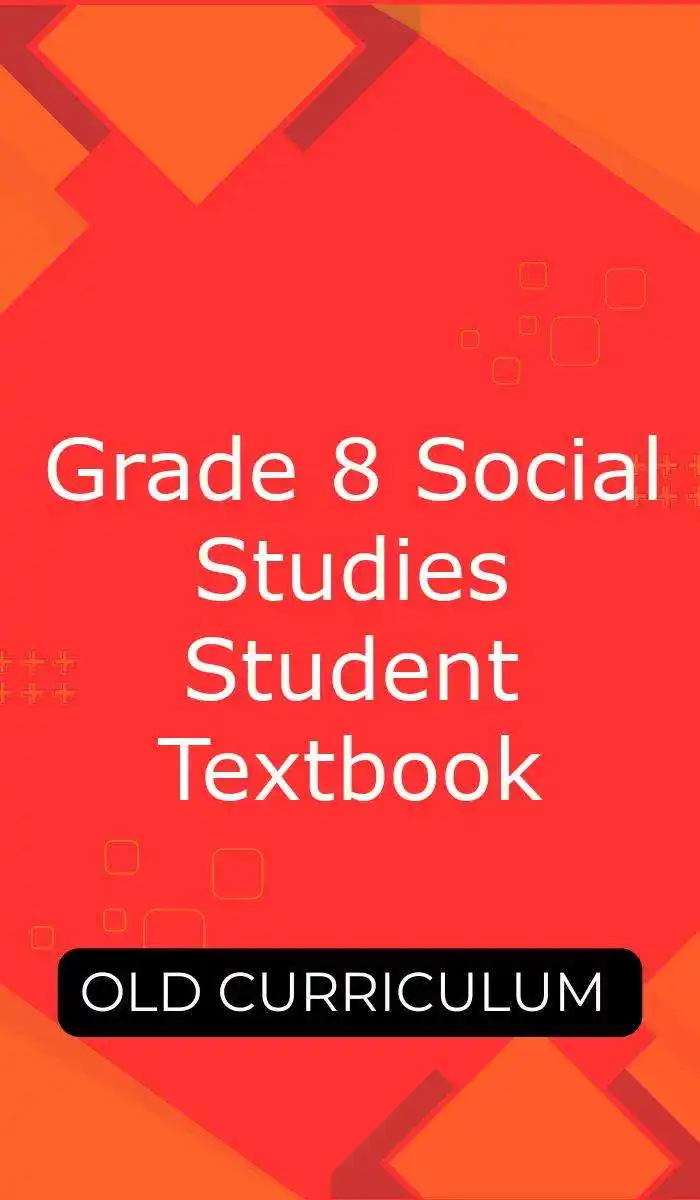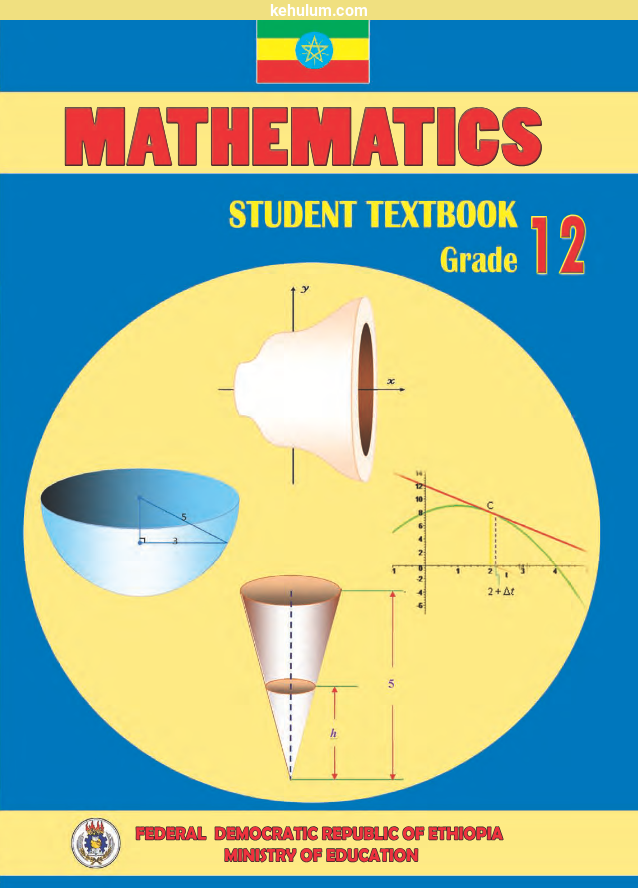This textbook contains 6 units. Here is a breakdown each units:
Unit 1: Squares, Square Roots, Cubes and Cube Roots
This unit introduces learners to the concepts of squaring, square roots, cubing, and cube roots. It lays the groundwork for more advanced arithmetic and algebraic operations.
After completing this unit, students will be able to:
- Understand the concept of squares, square roots, cubes, and cube roots
- Determine the square roots of perfect squares
- Estimate square roots using numerical tables
- Calculate cubes of numbers
- Extract cube roots of perfect cubes
Unit 2: Further on Working with Variables
Building on prior algebra knowledge, this unit explores expressions, equations, and factorization. It encourages logical reasoning and practical application of algebra in daily contexts.
After completing this unit, students will be able to:
- Solve real-life problems using variables
- Multiply binomials by monomials and find the product of binomials
- Determine the highest common factor (HCF) of algebraic expressions
Unit 3: Linear Equations and Inequalities
This unit deepens the understanding of linear equations and inequalities. It introduces students to rearranging and graphing equations, laying the foundation for analytical thinking.
After completing this unit, students will be able to:
- Understand the concept of equations and inequalities
- Rearrange and solve linear equations and inequalities
- Apply transformation rules to solve problems
- Draw lines through the origin using given equations
Unit 4: Similar Figures
Learners explore the geometry of similar shapes, particularly triangles, and how these concepts are applied in problem solving and real-world scenarios.
After completing this unit, students will be able to:
- Understand the concept of similar figures and key terminology
- Identify conditions for triangle similarity
- Use similarity tests to check and compare triangles
Unit 5: Introduction to Probability
This unit introduces basic ideas of chance and probability. Students explore likely and unlikely events, building a statistical thinking mindset.
After completing this unit, students will be able to:
- Understand the nature of certain, uncertain, and impossible outcomes
- Identify events, sample space, and calculate the probability of simple events
Unit 6: Geometry and Measurement
In this, students revisit important geometrical shapes, especially right-angled triangles and pyramids. The unit also introduces foundational concepts of trigonometry.
After completing this unit, students will be able to:
- Understand key concepts involving right-angled triangles
- Apply relevant theorems related to these triangles
- Understand the basics of trigonometric ratios
- Identify different types of pyramids and their common features















